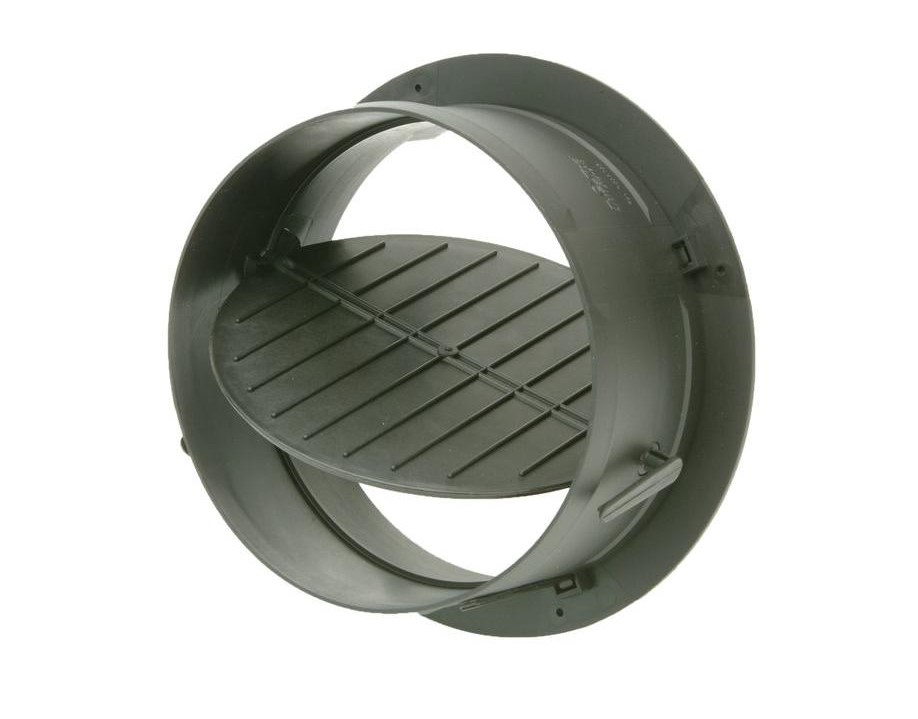©2025 BloomfieldCooling.com. All Rights Reserved. | Privacy Policy | Sitemap | Powered by Media Consultants, LLC
If you are installing a new central heating and air conditioning system, ask your contractor about zoning.
Zoning divides your home into—you guessed it—zones, which are different temperature areas that are controlled by their own thermostats. This gives you more control over indoor air temperature and comfort in different spaces/areas—upstairs and downstairs, or an addition, for example. While it is possible to retrofit an existing HVAC system to be a zoned system, doing this in a new installation is more effective. That’s partly because with a new installation, the zoning design will be factored into your ductwork specifications from the start, which will be more effective in terms of expense and performance.
Technically, you can have as many zones as you want; most homeowners with two-story homes opt for two zones. A multi-zone system is idea for a multi-story home and/or one with a finished attic or basement, a spare room that’s seldom used, or rooms that are much larger than others or have exposures or large windows that affect the room’s temperature differently than other spaces. Zoning enables you to set thermostats separately, or as needed; the thermostats are connected to a central control panel that activates dampers within the HVAC system. The dampers open and close to allow or stop air flow in the zone.
HVAC zoning elements



Aside from your new furnace and air conditioning system, zoning comprises:
Benefits of central HVAC zoning
As a full-service contractor for heating, air conditioning and ventilation, Bloomfield Cooling, Heating & Electric has the certified technicians on staff who will take proper measurements to make sure your new HVAC system is properly sized and the ductwork design provides maximal heating and cooling to the various areas of your home. We can work with architectural plans as well, in the case of new home construction, to ensure you have the proper zoning design for your needs. We even have our own sheet metal shop on our premises where we craft our ductwork—the same ductwork your dampers will be located.
Contact us to discuss zoning for your new HVAC system or to find out if retrofitting your existing system will meet your needs.